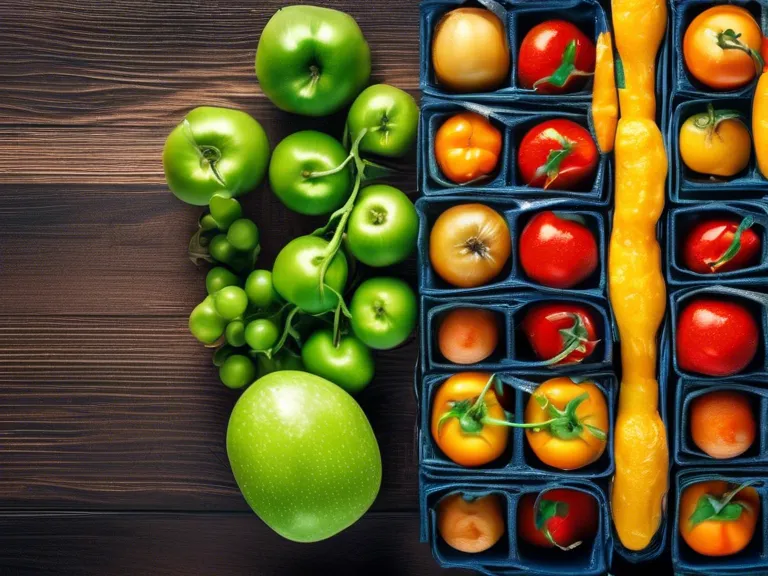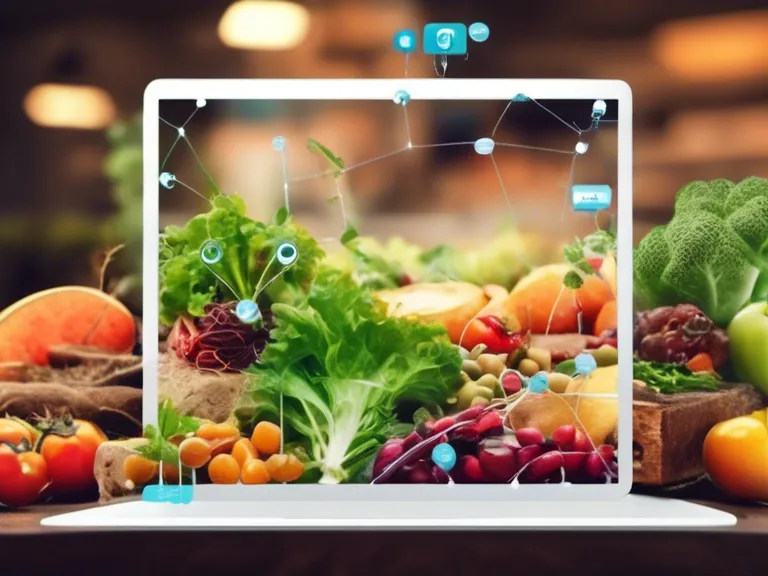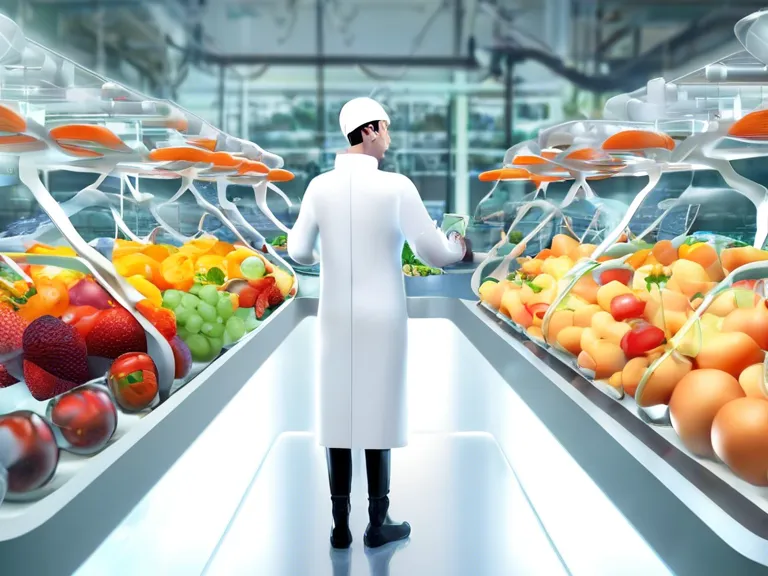
Blockchain for Food Safety: The Technological Revolution in Supply Chains
In recent years, blockchain technology has been making waves in various industries, revolutionizing the way data is stored, verified, and shared. One such application of blockchain that has been gaining momentum is in the realm of food safety. By utilizing blockchain technology in supply chains, companies are able to enhance trust, transparency, and traceability in their operations, ultimately ensuring the safety and quality of the food we consume.
Traditional supply chains are often plagued with inefficiencies, lack of transparency, and susceptibility to fraud and contamination. With the introduction of blockchain technology, these issues can be mitigated and even eliminated. Blockchain, as a decentralized and immutable ledger, allows for secure and transparent transactions between parties, making it the perfect solution for tracking food products from farm to table.
One of the key benefits of using blockchain in food supply chains is the ability to trace the origin of products in real-time. With blockchain, every step of the supply chain - from production, processing, packaging, to distribution - can be recorded and monitored securely. This not only enhances visibility for consumers but also enables faster and more accurate responses in the event of a food safety issue.
Furthermore, blockchain technology can help prevent fraud and tampering in the supply chain. By creating a digital fingerprint for each product that cannot be altered, companies can ensure the authenticity and integrity of their products. This is especially crucial in the case of high-value products or perishable goods where counterfeiting and tampering are major concerns.
In conclusion, the integration of blockchain technology in food supply chains is a game-changer for food safety. By leveraging blockchain's capabilities for transparency, traceability, and security, companies can build trust with consumers and stakeholders, reduce risks, and ultimately improve the safety and quality of our food system.



